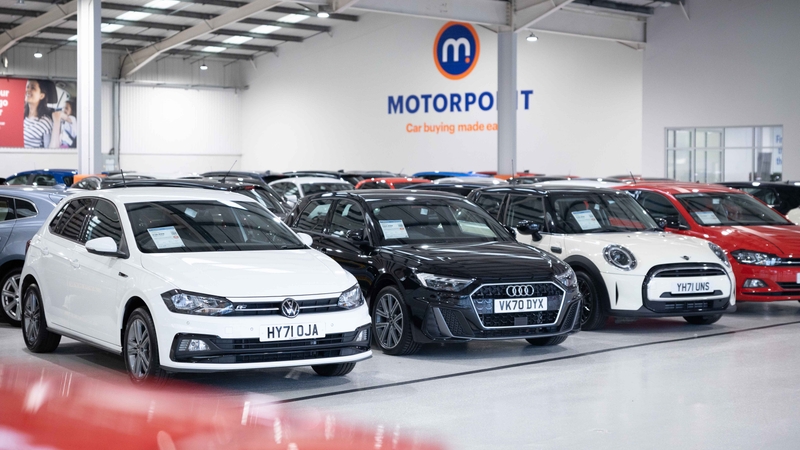
Volkswagen Polo interior, tech and practicality
Gallery
Comfort and visibility
The Volkswagen Polo is now in its sixth generation, and you can tell it’s had billions of Euros of investment from behind the wheel – everything feels logically placed and ergonomically friendly. It’s easy to get comfy regardless of whether you’re tall or short, and all the controls are where you’d expect them. The seats in all models are comfortable, and even the sports seats in top-spec Polo GTI models aren’t going to make you wince at the thought of a long drive.
Visibility all-round is good, and all models apart from entry-level Life models get rear parking sensors as standard, so parallel parking isn’t an act of guesswork. The fact the Polo’s only a small car at four metres long goes some way to helping.
Standard equipment
The Polo range kicks off with the entry-level Life model. It’s pretty well equipped and gets automatic LED headlights, 15-inch alloy wheels, electrically folding (and heated) door mirrors as well as an eight-inch digital dashboard with wireless Apple CarPlay and Android Auto. Oh, and a centre driver’s armrest is standard too, which is more than you can say for most Audi A1 models.
Next up is the Style model, which adds front and rear parking sensors, clever matrix LED headlights that can block out oncoming traffic to avoid dazzle, LED rear lights, two-zone air-conditioning, 16-inch alloy wheels, sportier seats and built-in sat-nav.
R-Line models are on par price-wise with the Style versions of the Polo, but they get sportier-looking 16-inch alloys, tinted rear windows, the more basic LED headlights and a bigger digital dashboard. They get slightly more aggressive-looking front and rear bumpers.
Sporty Polo GTI models get a sportier bodykit, chrome twin-tip exhaust tailpipes, all-round disc brakes (less expensive models get drum brakes on the rear wheels), adaptive chassis control (so you can firm or soften the suspension), sports seats, a leather-clad steering wheel with gearshift paddles and 15mm lower suspension.
Infotainment and audio
We like the Polo’s eight-inch infotainment system – it’s bright, sharp and includes wireless smartphone mirroring as standard, so you can use Apple CarPlay or Android Auto for your navigation and in-car disco needs. The only real downside is that it’s still a touchscreen so you have to take your eyes off the road to use it, but its menus are far more logically laid out than the ones in the Peugeot 208.
Most Polos get a standard six-speaker setup which sounds just fine, but keep an eye out for models with the optional Beats sound system which packs far more wallop.
Note that all Polo models now get a digital dashboard, which varies from eight to 10.25 inches depending on the trim you pick. Even the smaller version looks suitably high-tech and shows you everything you could possibly need from fuel economy to your speed, or even the music you’re listening to. It has a tad more functionality than the one you’ll find in the latest Ford Fiesta, and it’s easier to use.
Rear seat space
The Polo’s back-seat space is really impressive for a small car. Our 6’3” tester could sit behind his own driving position without brushing his knees on the back of the driver’s seat – this is a feat many much larger cars fail to achieve. You won’t be short of headroom either, and the Polo can fit two adults in the back very comfortably indeed – it’s just when you start using the middle seat that the relatively narrow body of the car means you’ll feel cramped.
There are a few creature comforts back there too – a pair of USB-C sockets for charging mobile devices and easy-to-find uncovered Isofix attachments make it easy to fit a child seat.
Boot space
There’s a theme here – because the Polo’s boot space is pretty practical too. It’s a large, boxy 351-litre space that can swallow a baby buggy with ease, and it’s only really outdone in the small-hatchback class by the 380-litre boot in the Skoda Fabia.
We like the way the Polo’s boot floor keeps out of your way when you lift it up thanks to two plastic stays at the side of the boot, and you can drop the boot floor down a couple of inches to open up more space if you don’t want it to sit flush with the boot opening.





















































